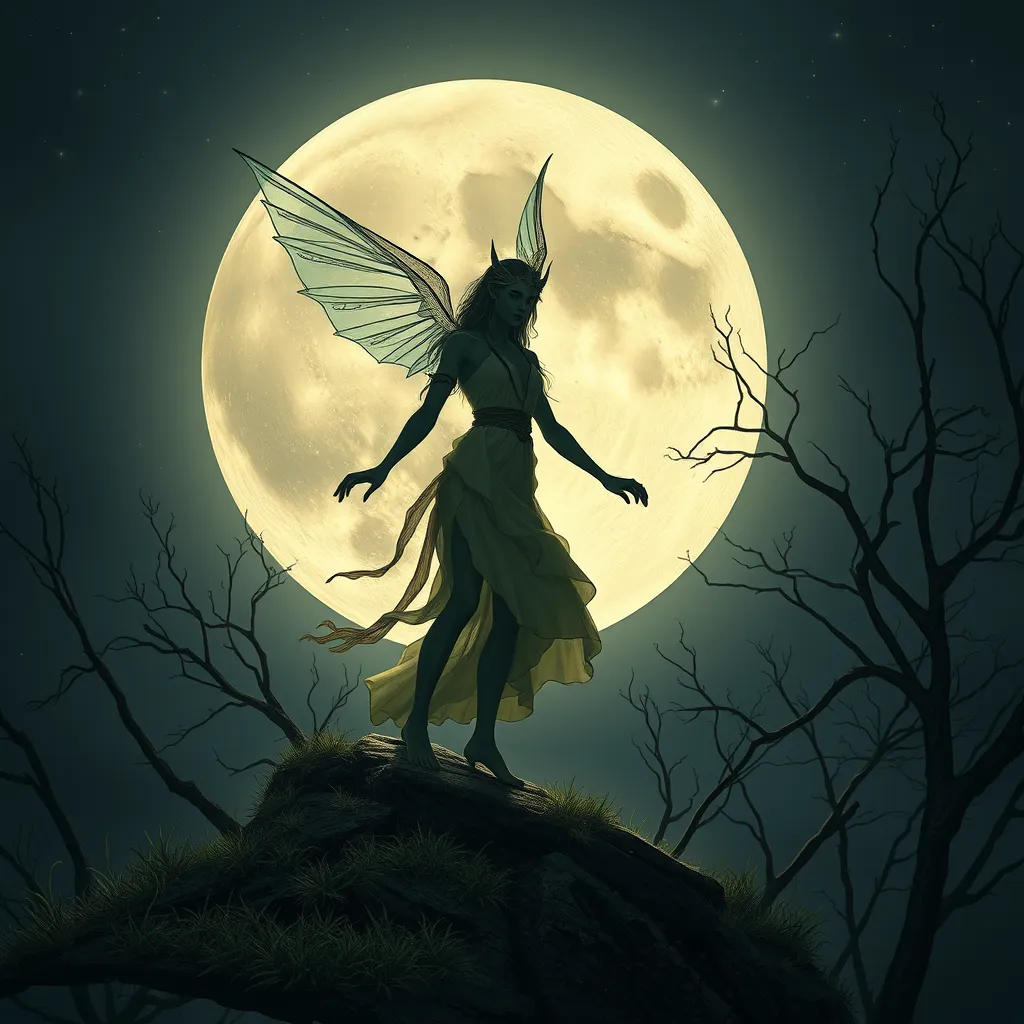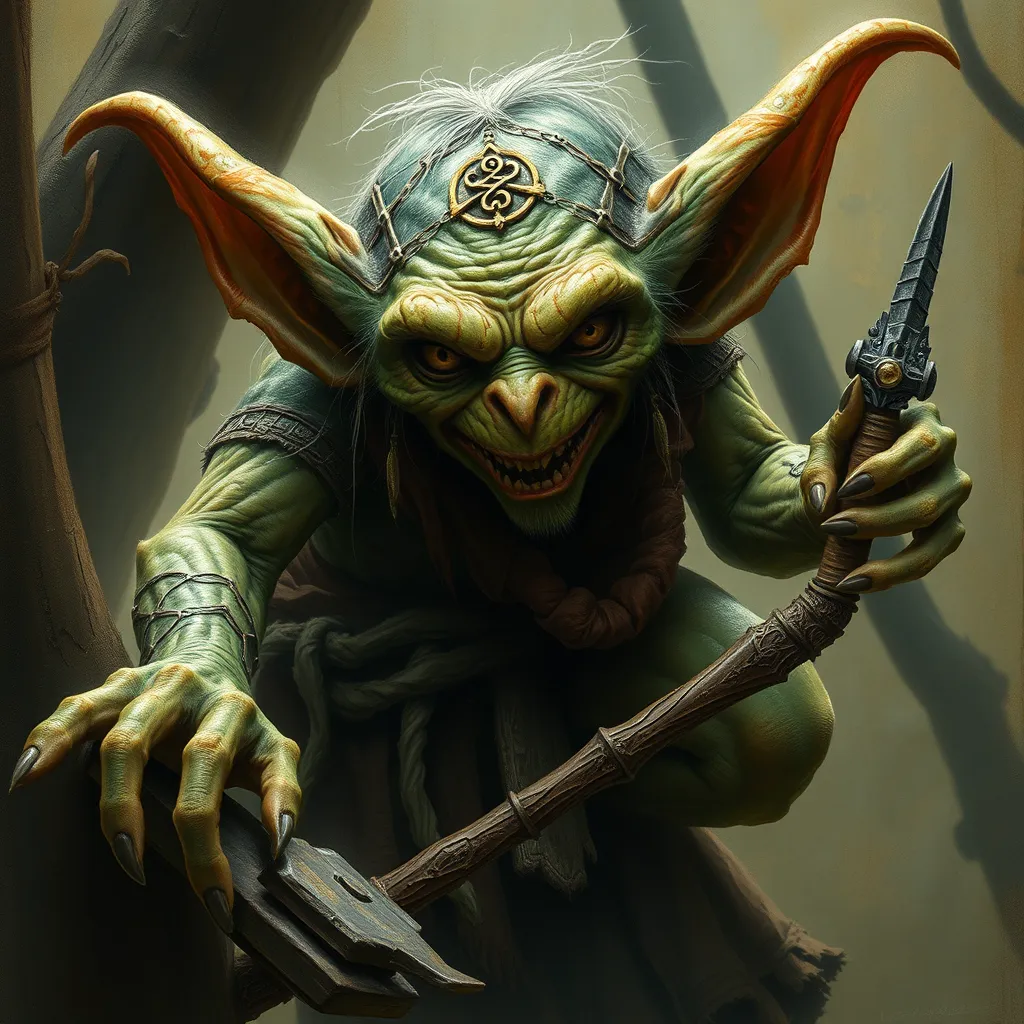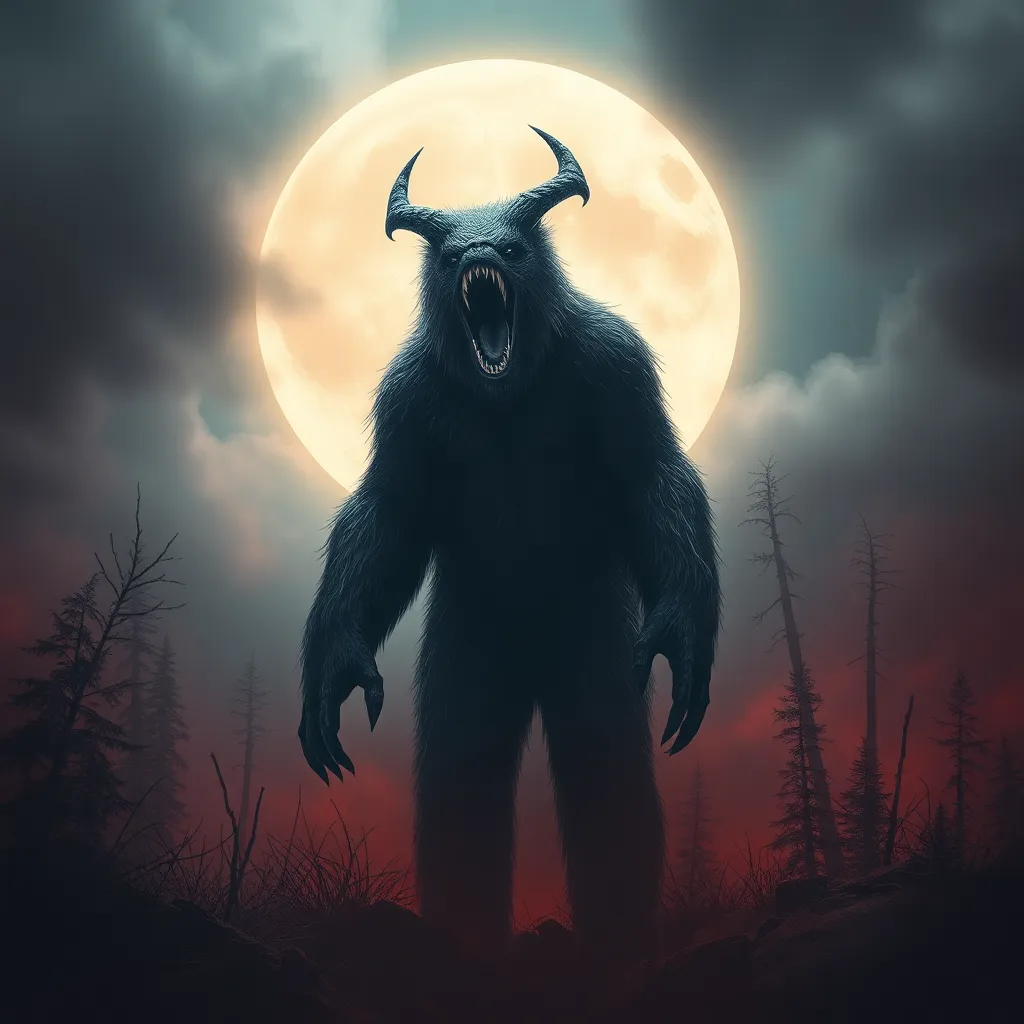The Elven Connection to the Moon: Exploring the Lunar Mythology of the Fae
I. Introduction
Elven and Fae mythology is a rich tapestry woven from the threads of ancient beliefs, folklore, and cultural narratives. These ethereal beings, often depicted as guardians of nature, possess a deep-seated connection to the natural world, particularly the moon. The moon has held a prominent place in various cultures throughout history, symbolizing magic, mystery, and the passage of time. This article aims to explore the intricate connection between elves and lunar mythology, illuminating how these celestial bodies influence elven lore and culture.
II. Historical Context of Elven Lore
The origins of elven mythology can be traced back to ancient cultures, where stories of magical beings began to emerge. These early narratives were often interwoven with the natural elements, including the moon, which was revered for its beauty and mystical properties.
Over time, the concept of the Fae evolved within folklore and literature, adapting to the cultural contexts of different societies. The moon’s presence in early elven stories served to enhance the mystical aspects of these tales, with many legends featuring moonlit gatherings and nocturnal adventures.
A. Origins of elven mythology in ancient cultures
- Early Celtic traditions viewed elves as nature spirits closely tied to the land and celestial bodies.
- In Norse mythology, figures like the Alfar were said to inhabit the realms of light and were associated with the moon.
- Greek mythology featured the moon goddess Selene, whose silvery light was believed to enchant the Fae.
B. The evolution of the Fae in folklore and literature
As stories were passed down through generations, the portrayal of the Fae evolved, becoming more nuanced. The Romantic period saw a resurgence of interest in these magical beings, often depicting them as whimsical yet dangerous.
C. The role of the moon in early elven stories
The moon often played a pivotal role in these narratives, serving as a backdrop for significant events such as:
- Rituals and gatherings held under the full moon.
- Transformations and magical occurrences that took place at night.
- Encounters between humans and the Fae, often illuminated by the moon’s glow.
III. The Symbolism of the Moon in Elven Mythology
The moon is a powerful symbol in elven mythology, representing a variety of themes and concepts.
A. The moon as a symbol of magic and mystery
The moon’s ethereal glow and changing phases evoke feelings of enchantment and wonder, making it a fitting emblem for the magical nature of the Fae.
B. Phases of the moon and their significance to the Fae
Each phase of the moon carries its own meaning, which is reflected in elven practices:
- New Moon: A time for new beginnings and setting intentions.
- Waxing Moon: Symbolizing growth, it is a period for enhancing magic and creativity.
- Full Moon: A time of heightened power and celebration, often associated with major rituals.
- Waning Moon: A period for reflection, release, and letting go of what no longer serves.
C. The moon’s role in elven rituals and celebrations
Elven celebrations often coincide with lunar events, with the full moon being particularly significant. Rituals may include:
- Moonlit dances celebrating the harvest.
- Ceremonies invoking lunar blessings for fertility and prosperity.
- Gatherings to honor the moon deities and seek their guidance.
IV. Lunar Deities and Elven Pantheon
In the elven and Fae pantheon, several notable lunar deities emerge, intertwining with the identities of elven figures.
A. Notable lunar deities in elven and Fae mythology
- Luna: A goddess representing the moon, often depicted as a guardian of the night.
- Selene: The Greek goddess of the moon, whose light was said to inspire the Fae.
- Tsukuyomi: A moon god from Japanese mythology, symbolizing the balance of light and dark.
B. The intertwining of lunar gods and elven figures
The stories of these deities often overlap with elven lore, creating rich narratives that celebrate the duality of light and shadow.
C. Stories and legends featuring these celestial beings
Numerous legends recount the adventures of elves in the company of lunar deities, exploring themes of love, loss, and transformation.
V. The Moon in Elven Art and Literature
The influence of the moon extends into elven art and literature, where it is depicted in various forms.
A. Depictions of the moon in elven artwork
Artists often capture the moon’s beauty and its connection to the Fae through:
- Paintings featuring moonlit landscapes inhabited by elves.
- Sculptures that embody the grace and elegance of lunar beings.
- Textiles and tapestries depicting moon phases as part of elven lore.
B. Influential literary works featuring lunar themes in elven tales
Many literary works celebrate the moon’s significance in the lives of the Fae, including:
- Shakespeare’s “A Midsummer Night’s Dream,” which intertwines lunar themes with love and magic.
- The poetry of William Blake, often invoking the moon in his exploration of the spiritual world.
- Modern fantasy novels that continue to draw upon lunar imagery to enhance their narratives.
C. The impact of the moon on the representation of Fae in modern media
In contemporary media, the moon remains a powerful motif, influencing films, games, and art that portray the Fae as mysterious and magical beings.
VI. Connection with Nature and the Cosmos
Elves have a profound connection with nature and the cosmos, with the moon serving as a vital link between the two.
A. Elven harmony with nature and celestial bodies
Elven lore emphasizes the importance of living in harmony with the natural world, recognizing the moon’s role as a guiding force.
B. The moon’s influence on elven magic and practices
The phases of the moon directly impact elven magic, with many spells and rituals timed according to lunar cycles.
C. Understanding the cosmos through the lens of elven beliefs
Elves perceive the cosmos as a living entity, where every star and celestial body plays a role in the grand tapestry of existence, with the moon as a focal point of magic and mystery.
VII. Contemporary Interpretations of the Elven-Moon Connection
Modern adaptations of elven mythology illustrate the enduring fascination with the Fae and their lunar connections.
A. Modern adaptations of elven mythology in popular culture
Films, television shows, and books have reimagined elven lore, often highlighting the mystical relationship between elves and the moon.
B. The resurgence of interest in lunar spirituality among neo-pagans and fantasy enthusiasts
Many contemporary spiritual practices incorporate lunar cycles, drawing inspiration from ancient elven traditions.
C. The role of community and storytelling in preserving elven lunar traditions
Communities centered around fantasy and mythology continue to share stories and practices that honor the elven connection to the moon, ensuring these traditions endure.
VIII. Conclusion
The moon holds a significant place in elven mythology, symbolizing magic, mystery, and a deep connection to the cosmos. As we reflect on the enduring legacy of these lunar connections, it becomes clear that the relationship between the Fae, the moon, and human imagination is a testament to the power of storytelling and the universal themes that resonate across cultures and time.
In conclusion, the exploration of the elven connection to the moon reveals not only the beauty and complexity of elven



